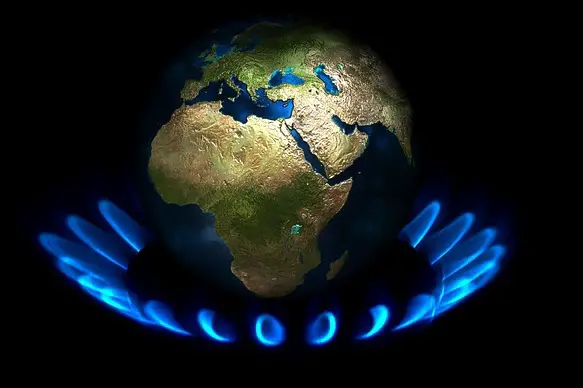Reuters is reporting that new Refinitiv data shows that in 2022, global consumers imported 409 million tons of liquified natural gas, compared to the previous year’s total of 379.6 million tons.
The record volumes were primarily attributable to soaring demand produced by the gas crisis in Europe, where sanctions placed on Russia, maintenance issues, and geopolitical tensions combined to radically reduce the supply of cheap Russian pipeline gas available to Europe. The supply restrictions occurred just as Europe headed into winter and desperately needed to fill up its reserve capacity.
Europe was estimated to have been responsible for 25% of all LNG traded in 2022. It beat out Asian consumers, in large part due to skyrocketing European benchmark prices as Russian pipeline supplies fell, and governments worried they might not be able to acquire enough reserve capacity to heat their nation’s homes in the winter.
In 2022, the EU imported 101 million tons of LNG, an increase of 58% over 2021 levels. The EU benefited in part from sluggish Asian demand, with China seeing its energy consumption decline unusually due to repeated economic lockdowns produced by its strict zero-Covid policies, which crushed economic growth in the world’s second largest economy.
At the same time, South and Southeast Asia were forced to restrict consumption by the rapidly rising spot prices for gas being produced by the growing demand in Europe.
The already tight global LNG market was strained to its limits as Europe suddenly pivoted away from cheap Russian pipeline gas and rushed to fill its reserve capacity with foreign imports, primarily from the U.S. and the Mideast.
Even as European benchmark gas prices are falling, the EU is still drawing most of the US shipments of the supercooled fuel, due to Asian demand remaining weak.

